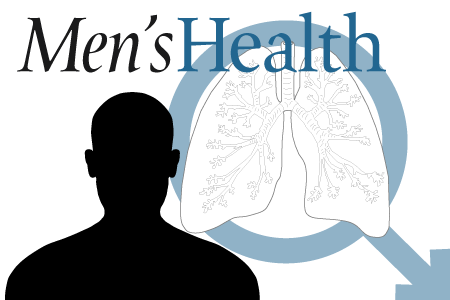
Men's Health
Issue 69 June 2010
Dr. Noreen A Kassem examines the leading health concerns for men in today’s world.
The average age of death from cardiovascular disease is under 65 for men; it is almost 10 years later for women. Men die younger and have higher rates of death than women, due to all the leading diseases, many of which are preventable and treatable. Some of the reasons for this include biological differences between men and women, ethnicity, lifestyle choices and ignoring symptoms and putting off regular checkups.
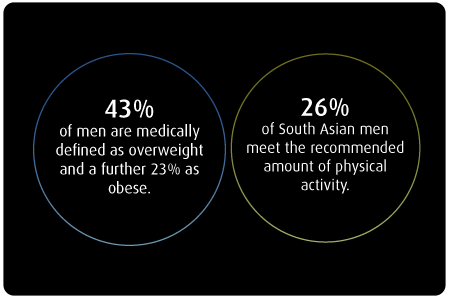
____________________________________________________________________

Stroke
After heart disease, strokes are the second leading cause of death and the highest cause of disability in men. Strokes occur more frequently in men, though in the past few decades, it is increasing in women at only 1.25 percent less. Atherosclerosis or hardening of the arteries is known as the worst enemy to a man’s health because it leads to cardiovascular disease. Women have naturally higher levels of ‘good’ cholesterol (HDL) while men tend to have more ‘lethal’ cholesterol (LDL) and must work harder to decrease their risk of cardiovascular disease. This includes cholesterol plaques that gradually build up in the arteries of the body, heart and brain and high blood pressure.
Treatment and Prevention for Strokes
It is very important for men to know their family’s medical history; if your father, uncles or grandfathers suffered a stroke, you are twice as likely to have a stroke before the age of 65 and four times as likely to have a stroke after the age of 65.
We are not invincible even in our 20s and poor lifestyle habits, unhealthy diets, sleeping late or a lack of sleep and not enough exercise can catch up to us.
It is also important to get regular check ups and be aware of any changes to health. You know yourself better than anyone else and strokes can occur at young ages. The body often gives us warning signs that should not be ignored; a very serious sign of a stroke is a transient ischemic attack (TIA) which is a mini-stroke. This can cause fleeting or temporary symptoms such as confusion, partial body weakness and slight drooping on one side of the face. It is 10 times more likely that you will suffer a stroke if you have had a TIA.
Lifestyle habits and behaviours that can reduce the risk of heart disease also reduce the risk of stroke. Damage to the brain and body due to strokes can be reduced drastically if medical treatment is given within two to three hours of a stroke.

Depression
Though rates of depression are thought to be almost the same in both men and women, depression is far more likely to be undiagnosed and untreated in men. Depression worsens other illnesses and leads to unhealthy lifestyle choices and it can occur without clear causes or symptoms. Women usually have symptoms of sadness, while depression in men can cause anger, irritability, fatigue, muscle pain or erratic behaviour or substance abuse.
According to studies, married men are less likely to suffer from severe depression and men who are married to wives with a post-secondary education generally have better health and are less likely to die from treatable diseases.
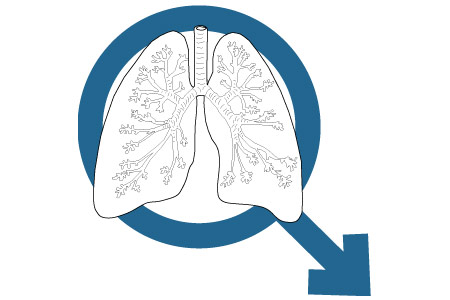
Lung Cancer
According to Cancer Research UK, men are almost 40 percent more likely to die from cancers and lung cancer causes up to 24 percent of deaths. Lung cancer claims more lives in both genders than prostate, breast and bowel cancers combined, but men die from this disease more often than women. There is no biological reason for this and it may be simply because men seek treatment for symptoms of illness later than women and have health checkups less regularly.
The good news is that the cases of lung cancers have been dropping since the 1990s as more people are educated on the dangerous risks of smoking and second-hand smoke as well as other cancer risks such as asbestos and air pollution.
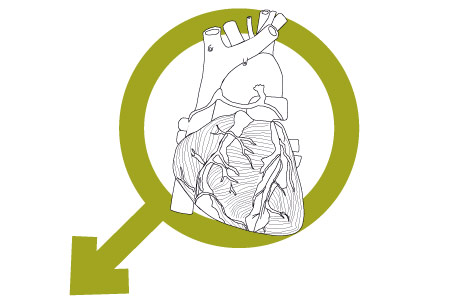
Heart Disease
Although the gap between heart disease in men and women is closing, the number of men that die from cardiovascular disease is still almost twice as high. Heart disease also intensifies an average of 10 years earlier in men and tends to develop much faster.
Risk factors for men include family history, smoking, high blood cholesterol, high blood pressure, obesity, diabetes and physical inactivity. Ethnicity has also been suggested to play a greater role in heart disease in men. A study published in the Journal of the American Medical Association showed that there is growing evidence that people of South Asian descent, particularly men, face much higher risks of cardiovascular disease compared to other populations, and at earlier ages; up to 10 to 15 years younger than other ethnic groups. This includes individuals from Pakistan, Afghanistan, India, Bangladesh and Sri Lanka. Genetics as well as eating and exercise habits may be responsible for this. South Asians also have higher prevalence of diabetes and high cholesterol levels than other groups. Interestingly, the cardiovascular risks among South Asians increased for those living in a Westernised society, perhaps because unhealthy aspects of Western food habits are followed but not the healthier alternatives.
Treatment and Prevention for Heart Disease
More than a quarter of all first heart attacks occur silently, without chest pain and other symptoms. Silent heart attacks are especially common in men with diabetes.
Heart disease usually worsens over time and heart attack symptoms can begin slowly. Fast treatment is very important and life-saving; get help if you feel any unusual symptoms. Prevention includes having a primary care physician that knows your family and personal history well and getting regular checkups. It is not uncommon for men in their 30s to experience heart attacks and cardiovascular difficulties such as high blood pressure and high cholesterol can begin in men that are in their 20s.
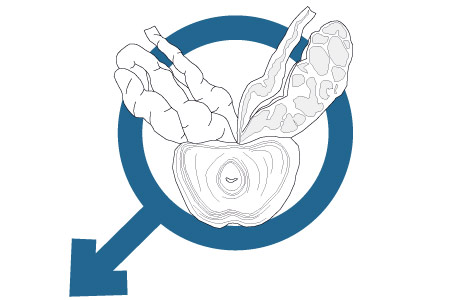
Prostate Cancers
Prostate cancer is the second most common cause of death in men, however this disease is treatable if found in the early stages. A prostate screening exam and a prostate-specific antigen (PSA) blood test are recommended every year for men 50 years or older, particularly men of African and European descent or with a family history of cancers. Other risk factors include a high-fat diet and being obese or overweight.
As men age, high levels of a potent form of the male hormone testosterone collects in the prostate gland and in the blood. This can cause symptoms such as male pattern baldness and benign prostate hyperplasia (enlargement of the prostate gland, also known as BPH), which can lead to pain and difficulty urinating. If left untreated, BPH can develop into cancer. Treatment includes medication that decreases the level of certain forms of male hormones and surgery.
A medical study in Germany showed that palmetto extract decreased symptoms of BPH, such as nighttime urination and difficulty urinating. It is through that palmetto can help prevent prostate problems by balancing hormone levels.
Bookmark this |
|
Add to DIGG |
|
Add to del.icio.us |
|
Stumble this |
|
Share on Facebook |
|
Share this |
|
Send to a Friend |
|
Link to this |
|
Printer Friendly |
|
Print in plain text |
|


Comments
1 Comment
1
best detox
27 Mar 13, 09:31
To detox your body, you don’t need to buy expensive supplements or follow a complicated plan. You just need to improve your diet. Your body has a natural detoxifying mechanism, which works well without any particular plan. However, it does require that you change your eating habits.